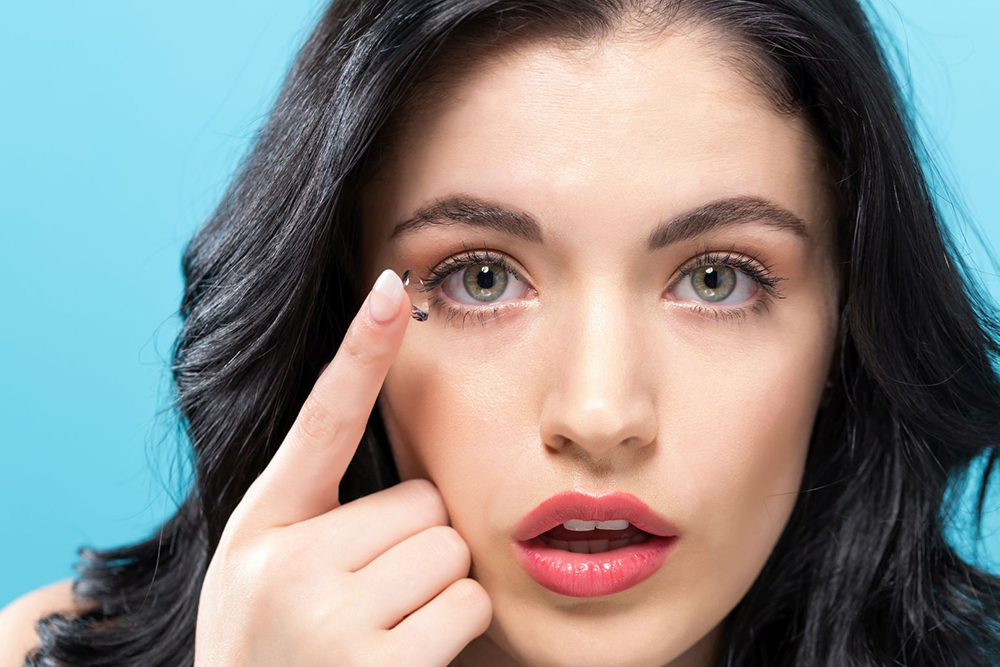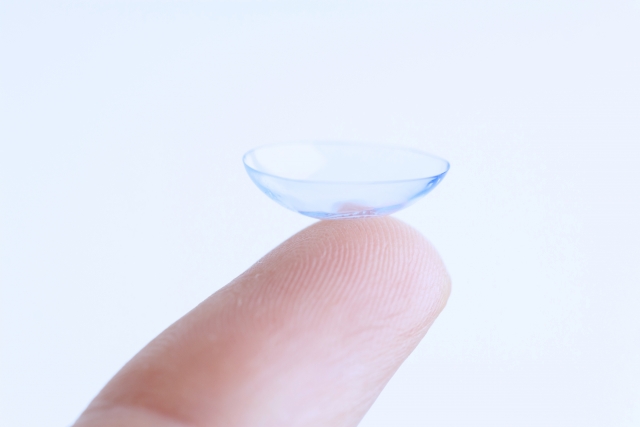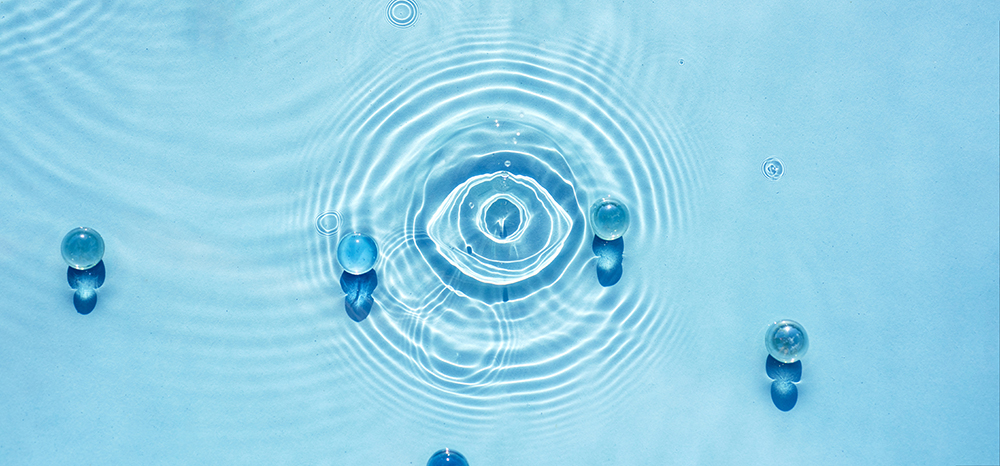Delving Deeper into Contact Lenses: Expanding Your Understanding and Knowledge

Soft contact lenses have revolutionised our daily lives, providing enhanced comfort and safety while being a popular method for correcting vision.
With continuous advancements, contact lenses have diversified to meet a range of needs and preferences. From soft contact lenses to hard contact lenses (Rigid Gas Permeable contact lenses) and options ranging from daily to monthly wear, to individuals with astigmatism or presbyopia correction needs, and even extending as far as UV protection, the range of contacts has exploded over the last few decades. Moreover, coloured and circle lenses have gained popularity as a trendy option for expressing personal style and enhancing one's appearance.
Understanding the variations in lens materials and designs is essential for finding the ideal fit for your eyes.
Let's explore the fundamentals of lens materials and designs to ensure optimal eye health and effective vision correction!
Understanding Contact Lens Materials: Exploring Their Composition

Soft contact lenses are made using a special plastic that absorbs water. This property allows the lens to be flexible and fit comfortably on the eye.
On the other hand, hard contact lenses are made from a different type of plastic that prioritises oxygen transmission to ensure optimal eye health.
Contact lens manufacturers emphasise the balance between water content and oxygen permeability. This balance is essential for both eye comfort and eye care maintenance. It also incorporates additional materials to improve lens durability, smudge resistance and ease of handling.
Thanks to the commitment and efforts of contact lens manufacturers, we can wear contact lenses comfortably every day. Different manufacturers offer different lenses with unique features and technologies.
By choosing the best lenses for your individual eye needs, you can support your eye health and enjoy comfortable vision.
Exploring Key Specialized Terms in Soft Contact Lenses

What is the meaning of water content?
This refers to the amount of water present in soft contact lenses, expressed as a percentage.Contact lens comfort and the prevention of dryness depend on more than just the water content. Factors like lens material and moisturising ingredients also play a key role. Simply comparing lenses based on water content alone may not accurately reflect their comfort or ability to prevent dryness.
Low water content contact lenses:These soft contact lenses contain less than 50% water.
These:
- Are less likely to dry out, even after long-term use because of lower water evaporation
- Offer a sturdy shape and easy handling
- Reduce oxygen reaching the eye
High water content contact lenses:These soft contact lenses contain over 50% water. These:
- Allow for better oxygen flow to the eyes due to the high water content
- Provide a soft and comfortable wearing experience
- May be more prone to drying out during extended use due to increased water evaporation
Silicone hydrogel material:These:
- Offer higher oxygen permeability, due to the lower water content
- Provide resistance against dry eyes and offers high oxygen permeability, reducing eye strain
- Release absorbed moisture due to the material being oxygen-permeable, resulting in reduced water evaporation
Discover the Benefits of Silicone Hydrogel Contact Lenses!
- Exceptionally high oxygen permeability values
- Allows direct passage of oxygen through the lens material, not just through water
- Delivers more oxygen to the eyes compared to conventional lenses
- Prevents oxygen deficiency in the pupil during long-term wear
- Reduces strain on the eyes
Conventional soft contact lenses are primarily composed of a hydrogel material called HEMA (hydroxyethyl methacrylate). When soaked with water, these lenses soften and provide comfortable wear. Oxygen reaches the eyes by passing through the lens via water. Unfortunately, prolonged use with insufficient oxygen supply can strain the eyes, hence why this silicone hydrogel is gaining attention as a material that can overcome such issues.
Find out popular silicone hydrogel products
Biofinity (6 Pack) (Monthly)
Acuvue Oasys (6 Pack) (Fortnightly)
Dailies Total 1 (30 Pack) (Daily)
What is the meaning of "Oxygen Permeability"?
It quantifies the amount of oxygen that can pass through a contact lens.
It can be really tricky to understand all the lingo and abbreviations that come along with contact lenses, so here are some good ones to know in regards to oxygen permeability.
Dk represents the oxygen permeability coefficient, with higher values indicating greater oxygen transmission.
Dk/L is a value obtained by dividing the Dk value by the thickness of the contact lens, representing its oxygen permeability.
A higher Dk/L number indicates a greater ability for oxygen to pass through the lens.
Ensuring adequate oxygen distribution to the cornea is essential for maintaining healthy eyes, making the oxygen transmission rate a crucial criterion.
Find our High DK/L contact lenses here!
Biofinity (6 Pack) (Monthly) Dk/L = 160
Dailies Total 1 (30 Pack) (Daily) Dk/L=156
Acuvue Oasys (6 Pack) (Fortnightly) Dk/L=147

Eye conditions can vary based on factors like genetics and the environment. With advancements in technology, the market offers a wide range of contact lenses with attractive materials.
To ensure optimal eye health, consult an ophthalmologist, assess your eye condition, and select the best contact lenses for your needs.
